Over a year-and-a-half ago, I wrote an article discussing the nature of sheng cha.
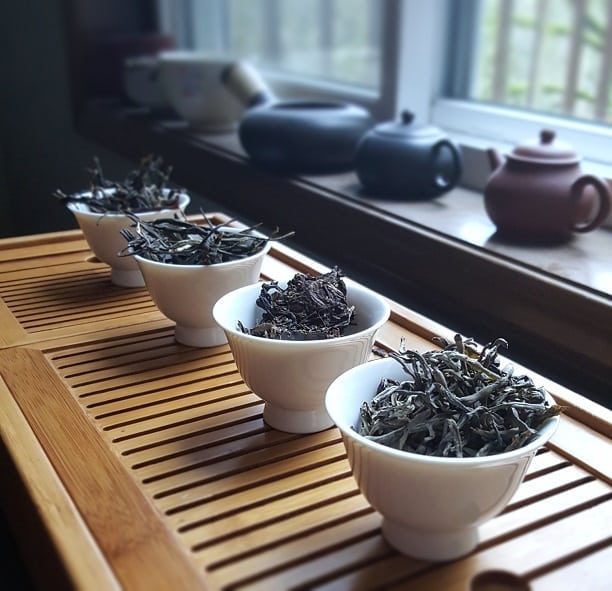
It didn’t go over well.
I used a Vietnamese sheng puerh-style tea from Son La province as a part of my thesis, and it also helped spark further discussion about how prevalent the process was in Northern Vietnam. Short answer: not much.
According to my inside contact in the country—Geoff Hopkins of the wonderful operation, Hatvala—if anyone has been producing raw puerh-style teas from old growth assamica, they hadn’t been at it for very long. Most of the ersatz puerh coming out of Vietnam was cooked/ripened. Part of that came from the relative closeness of Yunnanese tea factories. Only a river separated parts Ha Giang province and Yunnan.
Imagine my surprise when, in the spring of 2018, Geoff Hopkins contacted me, informing me that he was sending some Vietnamese sheng. When they arrived, I excitedly informed him of this. What intrigued me further was that they hailed from three different growing regions in the north—Yen Bai, Lao Cai, and Ha Giang, respectively. I dove into them . . . uh . . .
A year later.
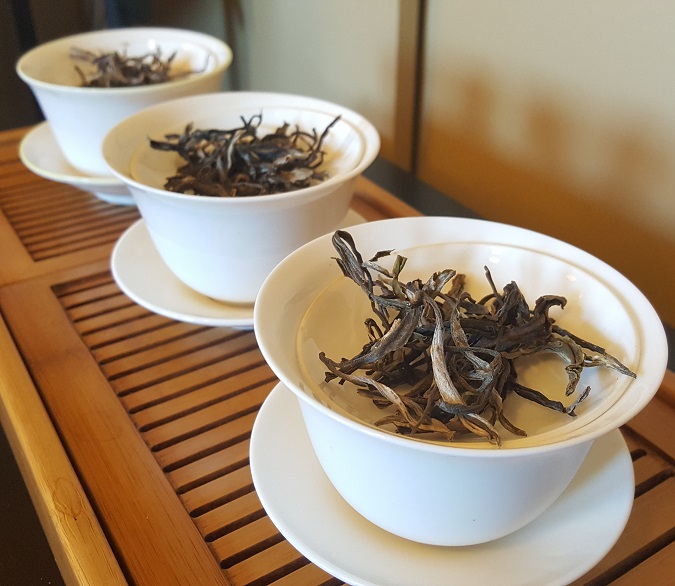
What? 2018 was a busy year. I apologized to Geoff on multiple occasions for delaying a sipping session with all of them. Finally, in the summer of 2019 [this summer, at the time of this writing], I sat down with them. For brewing, I chose not to gongfool around with these. I didn’t really want to put three gong fu sessions of sheng into my bladder all at once. So, I opted for a more even-keel approach.
The first tea on my docket hailed from Suoi Giang, Yen Bai province. What intrigued me about this one was the guy who produced it. It was the same artisan behind the white teas Hatvala carried. To this day, they remained my absolute favorite assamica-based white teas. Not sure if it was the terroir of the region, or the skill of the maker, but the teas he produced were incredibly sweet. How did his sheng maocha turn out?
The leaves for this sheng maocha resembled the shape and color of “snow shan” green tea. The only differentiating factor would be the shade of green to the leaves—plus a purple hue at the tips—and the smell. The leaves were lighter in parts, and darker in others; not uniformly green or tippy. Typical sheng cha color, if slightly unusual due to the rolling. The aroma from the leaves was the most distinctive attribute. It smelled like its Yen Bai white tea cousin—sweet like green tea mochi.
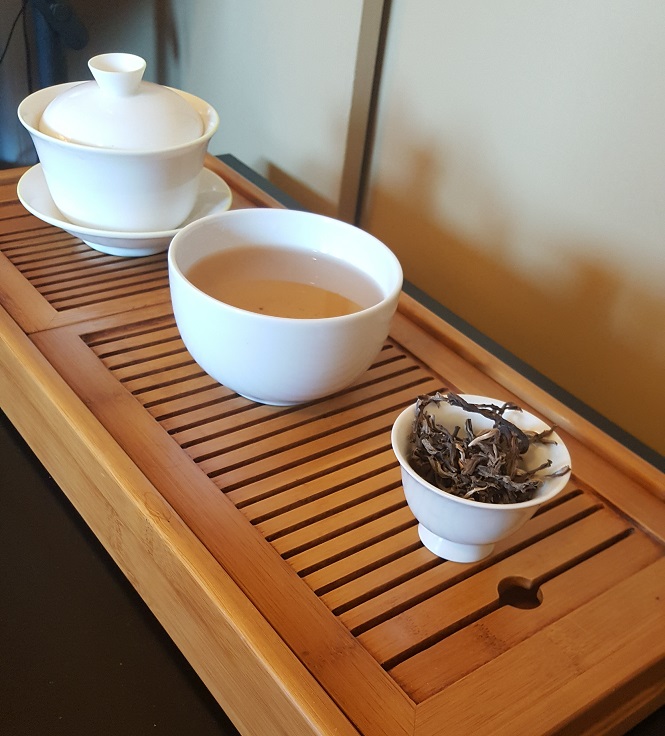
The liquor brewed to a shimmering, light bronze; just shy of amber. The steam aroma had hints of apricot, echoes of grapes, and shadows of stone fruits past. The initial sip started off with a little pinch of bitterness, but gradually evened out to a more sweet and fruity middle. As for the finish . . . well . . . it was velvet smooth and voluptuously sweet.
The more wild-seeming Water Genie hailed from Thuong Son, Ha Giang province. The same province where their Dark Forest came from; different region, though. Hatvala picked it up on one of their travels. Before their involvement, the producer made moacha almost exclusively for Chinese import. So, what about it appealed to the Chinese palate?
The leaves for this looked similar enough to the Yen Bai sheng moacha, but a lot more rustic. The rolling wasn’t nearly as tight, and the smell was nowhere near as sweet. Instead, the leaves looked just about as wild as the trees they came from, and smelled that way, too. The aroma invoked sensations of straw and/or hay bales, salted meat being wok-fried, and forest floor. It definitely smelled like no sheng I’ve ever come across, but a lot like a green tea I had from the region. (Albeit not as roast-smelling.)
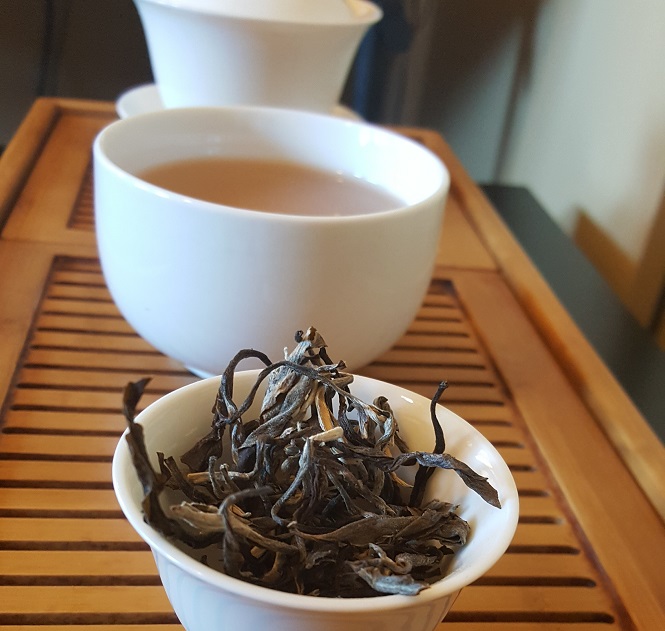
This brewed up a little darker than the Snow Princess, and with a much bolder aroma. Both screamed “amber alert!” at me. The steam gave off a lot more of a sheng-y fragrance, but with the added caveat of a toasty note; something typically found on an oolong. But at the same time, it had the whole earth-‘n-forest thing I like from a good sheng. As for flavor, folks, I was shocked. Nothing in the dry presentation, nor the liquor, smell conveyed what I tasted. This was like tasting a three-to-five-year-old sheng cha, but with the added spryness of youth. No bitterness on the front, very little astringency in the middle, and a straight-up melon-like depth I was not expecting.
The final sheng I tried hailed from Y Ti, Lao Cai province; mere kilometers from the Yunnan border. Like the Thuong Son producer, the people that made this maocha for Chinese export, or provided fresh leaf from the Vietnam side for Yunnanese puerh factories. For a while, they were even producing maocha from Vietnamese leaf on the Chinese side of the border. Eventually, though, the team moved their factory op to the Ha Giang provincial side for ease of costs.
The Lao Cai stuff had an almost middle-ground visual and aromatic presence, compared to the other to. The rustic nature was dialed down, but it also possessed some unusual sweetness I wasn’t expecting. The leaves were also larger and fatter. Not sure what that says about the trees they came from, but this was the most “sheng” of the maochas trio. The dry leaf aroma was subtly salty, earthy, and—as mentioned above—sweet on the end.
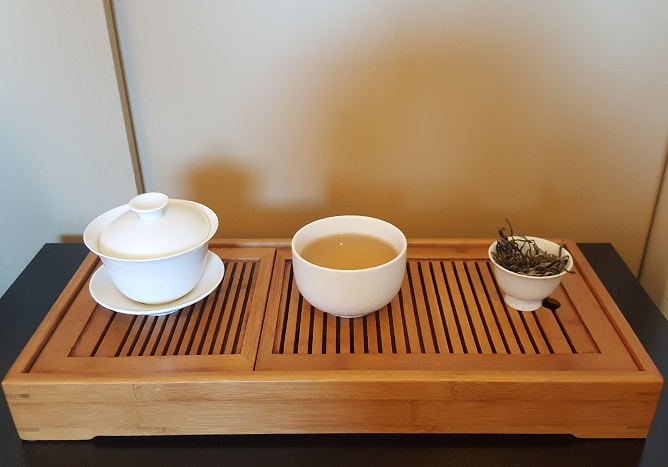
This one tasted the youngest, the weirdest, and maybe even the best. It brewed the lightest of the three, orbiting around the color amber, but still remaining within the parameters of “white tea” gold. The aroma echoed the dry leaf smell; slightly sweet and slightly straw-like with a dollop of earth. The taste, though? Where to start . . .
The forefront was straight cinnamon bark, followed by a melon rind middle, and ending on something akin to lemongrass and basil. There was quite a bit of spiciness on display, but not like—say—masala chai spices. Way more dialed back than that. Just a hint of zest to the proceedings, like the broth of a Thai-made soup. In fact, this would make a great base for a soup. Brewed as a concentrate and put to pho? Oh man, I’m so there!
Picking a favorite out of the three was difficult.
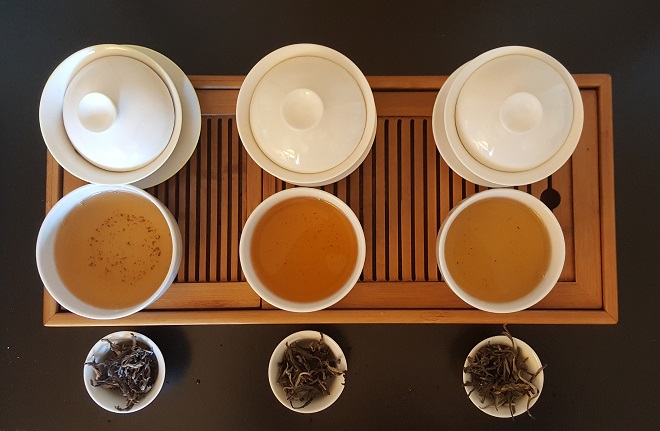
All three had attributes I liked, and had unique deliveries to them. But after some careful thought (and sipping), I think the Snow Princess was my subjective favorite. If only for the similarities to the white teas from the same maker. I’m a sucker for sweetness, especially in puerh. Perhaps that sets me apart from the average “puerh bro”, but I don’t usually gravitate to that category of tea, anyway. Not unless there was a story to tell.
And, man, did these have a story in every damn sip.
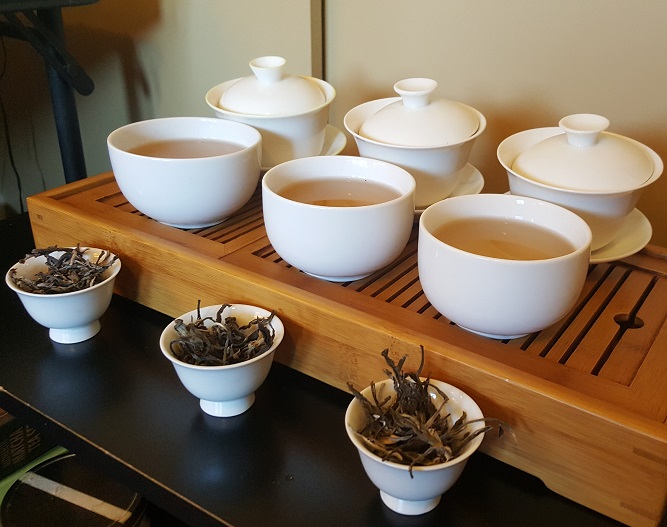
To buy Snow Princess, go HERE.
To buy Water Genie, go HERE.
To buy Forest Genie, go HERE.

Xavier
Such names. Too bad there were two genies. I would have imagined something like Ice Genie.